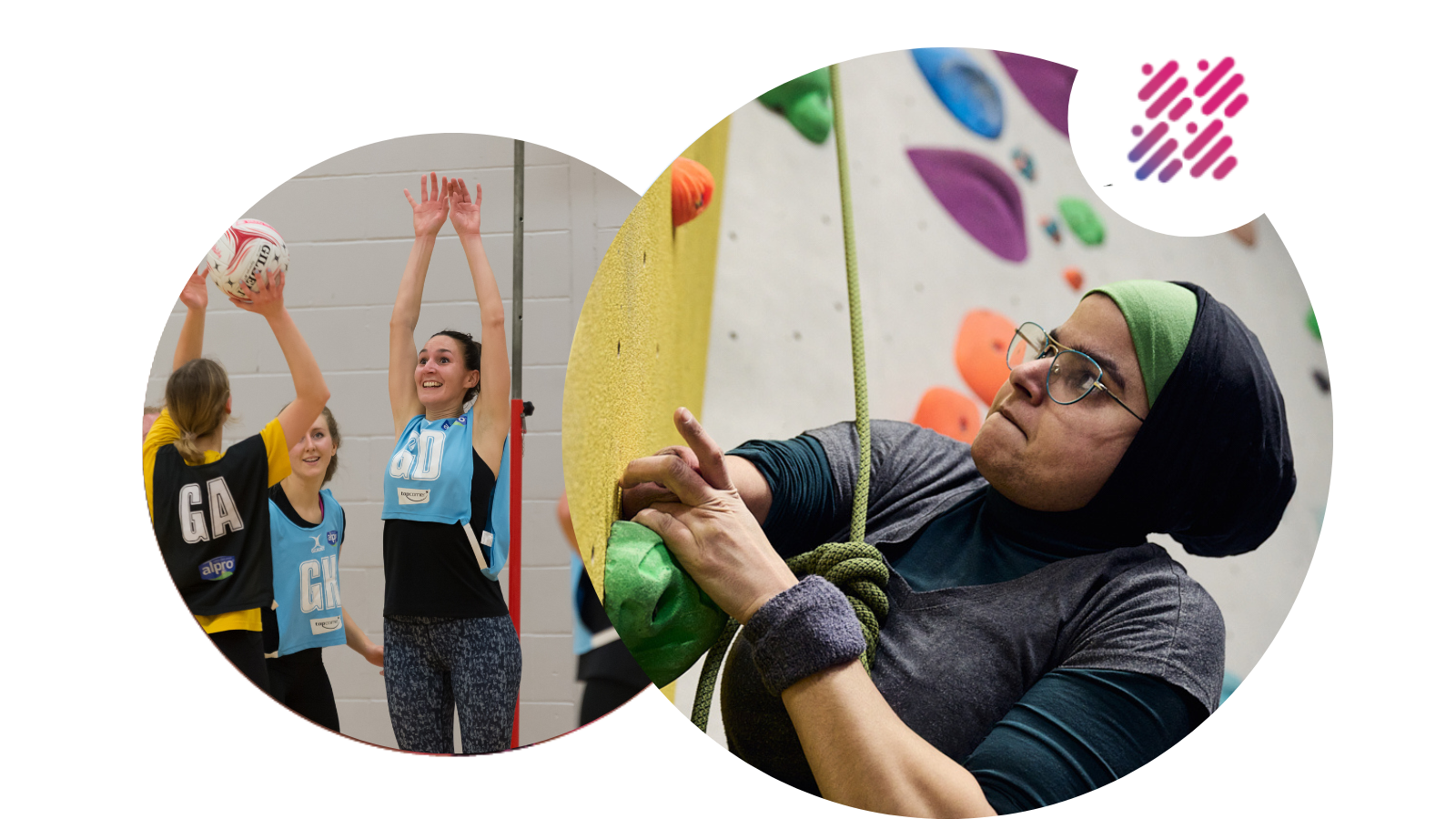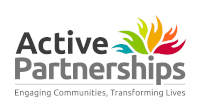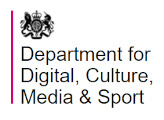Research gives Insight into Children's Attitudes to Sport and Physical Activity

Enjoyment is the single biggest factor in motivating children to be active, new analysis from our Active Lives Children and Young People Survey has revealed.
More than 130,000 children and young people were surveyed in the academic year 2017/18, with participation figures published in December.
This new analysis has identified five key findings that give us further insight into the attitudes of children and young people towards sport and physical activity.
Click here to download the report.
The five key findings are:
-
Physically literate children do twice as much activity. The more of the five elements of physical literacy - enjoyment, confidence, competence, understanding and knowledge - children have, the more active they are.
- Enjoyment is the biggest driver of activity levels. Despite the majority of children (68%) understanding that sport and activity is good for them, understanding had the least impact on activity levels.
- Children who have all five elements of physically literacy report higher levels of happiness, are more trusting of other children, and report higher levels of resilience (continuing to try if you find something difficult).
- Physical literacy decreases with age. As children grow older, they report lower levels of enjoyment, confidence, competence, and understanding. Previous research from Sport England shows that activity levels drop when children reach their teenage years.
- The results also reveal important inequalities among certain groups of children which must be tackled:
- Girls are less likely to say they enjoy or feel confident about doing sport and physical activity. (58% of boys enjoy it, compared to 43% of girls. 47% of boys feel confident, compared to 31% of girls.) Among children aged 5-7, boys are more likely to love playing sport, while girls are more likely to love being active.
- Children from the least affluent families are less likely to enjoy activity than those from the most affluent families, and previous research shows they are also far less likely to be active.
- Black children are more physically literate than other ethnic groups – driven by boys, but they're less active than the population as a whole.
Currently, around three million children and young people (43.3%) are active, but a third of children (32.9%) are less active, doing less than 30 minutes of activity a day.
To understand this, our world-leading survey, conducted independently by Ipsos MORI, asked children about their attitudes towards sport and physical activity.
The results prove for the first time that children’s physical literacy impacts not only the amount of activity they do, but also how much they benefit from this activity.
Physical literacy is a combination of a person's enjoyment, confidence, competence (how easy they find it), understanding (that it is beneficial) and knowledge (knowing how to get involved and improve).
This information comes at a crucial time, given the imminent release of the Government’s School Sport Action plan, its green paper on preventing long-term health conditions, and the plans to use physical activity to integrate communities and reduce childhood obesity.
And now Sport England's Chief Executive, Tim Hollingsworth, is calling for everyone involved in a child’s activity level to ensure that enjoyment is at the heart of anything they do.
This is a critical moment for all of society to better understand what will motivate young people to get active.
This survey gives us the richest evidence yet that sport and physical activity for children needs to be fun and enjoyable above all.
The fact that a third of children aren’t nearly as active as they need to be, demonstrates we need to do things differently if we want to build a generation of young people who want to take part in physical activity as children and into adulthood.
With previous research showing that active children have better levels of attendance and achievement, we must prioritise physical literacy with the same vigour that we address numeracy and literacy. Doing so could not only help teaching and learning outcomes, it could be hugely beneficial for the physical and mental health of our children.
We hope these results will be considered and acted on by all who deliver activity and sport. At Sport England, we look forward to playing our part to get children active as we roll out our national programme to train over 17,000 secondary school teachers in how to offer a greater breadth of PE and school sport that meets the needs of all pupils.”
While Minister for Sport and Civil Society, Mims Davies, pledged her support to working to ensure the findings from this research are acted upon.
The message is clear - fun and enjoyment is what gets and keeps children active.
We know an active child is a happier child but too many are losing the confidence and enjoyment of sporting activities as they get older.
Our upcoming cross Government School Sport Action Plan will help to ensure all children have access to quality PE, sporting sessions and clubs - in school, after school, during weekends and holidays.
I want to work with the sector as they play their part in making sport and physical activity both enjoyable and engaging for young people of all abilities and backgrounds.”
We will be releasing some information relevant to the Black Country in due course.
Latest news from Active Black Country
View all news
INSIGHT HUB
Timely data and learnings in relation to physical activity and sport in the Black Country and the added value we can offer.
Our Black Country Water Safety Programme has had a big impact since launching. Access our free resources for schools to increase the number of children who are water safe and boost their enjoyment of swimming.

ACTIVATION ACADEMY
Resources and training material to support the Black Country sport & physical activity workforce.













